
‘The military events had varying outcomes, but in a series of battles that tended to favour the Ottomans, the victory at Szabács was of great significance, which was further enhanced by subsequent developments. The siege of the castle also foreshadowed the change in military tactics that would become common throughout Europe in the following decades.’
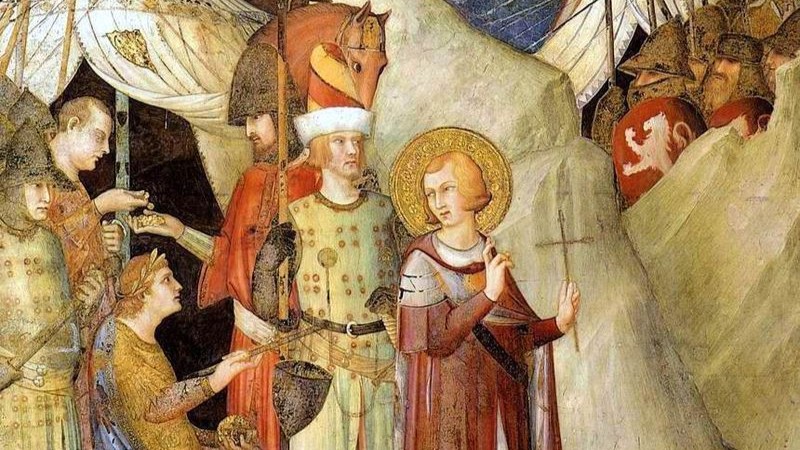
‘From the Middle Ages, a rare folk custom, still popular today, was associated with the holiday: the consumption of goose dishes…The custom was traditionally explained by a scene from the saint’s legend: Martin humbly hid in the goose pen so that he would not be elected bishop, but the geese betrayed him with their cries.’
‘Undoubtedly, the political and ecclesiastical situation in Hungary in the 11th century was not ripe for a politician who was not familiar with Hungarian conditions to ascend the throne…Without taking Hungarian conditions into account, Peter rashly attempted to transform the country into a Western-style kingdom, and in doing so, he was left to his own devices and failed.’
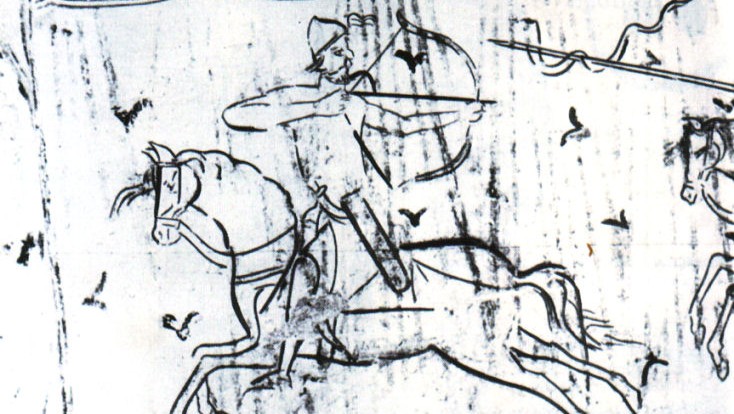
‘Well-documented 18th-century operations shed light on and explain many aspects of the secret of the Hungarian army’s successes in the 10th century: even with limited numbers, a well-organized team can achieve significant success in enemy territory against a numerically superior opponent.’
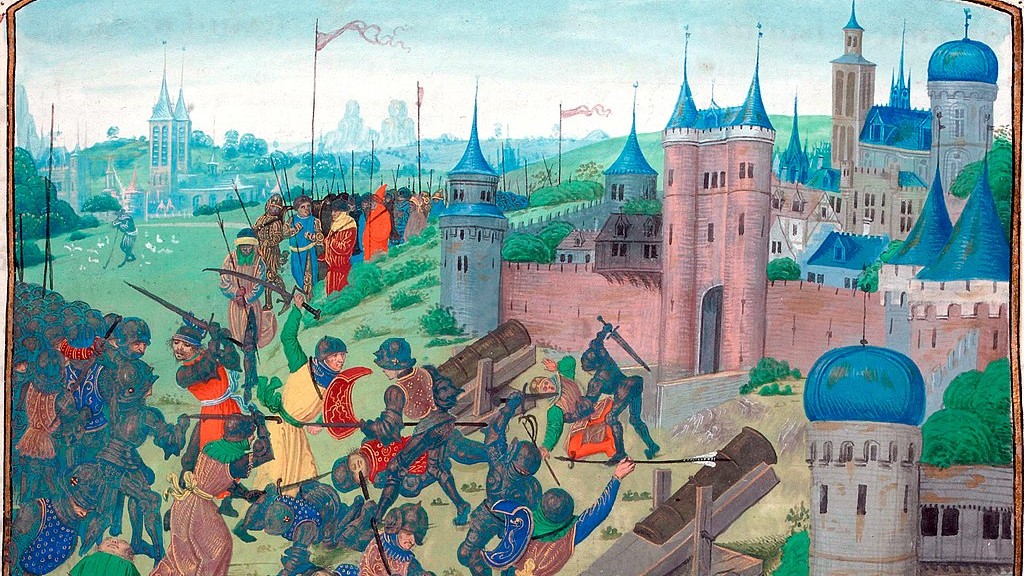
‘From the middle of the 14th century, the Ottoman advance in the Balkans shifted the front line between Christianity and Islam to European territory. By 1390 Ottoman incursions had reached the southern borders of Hungary, marking the beginning of the Hungarian Kingdom’s defensive wars, which were supported to varying degrees by international forces, including France and Burgundy.’
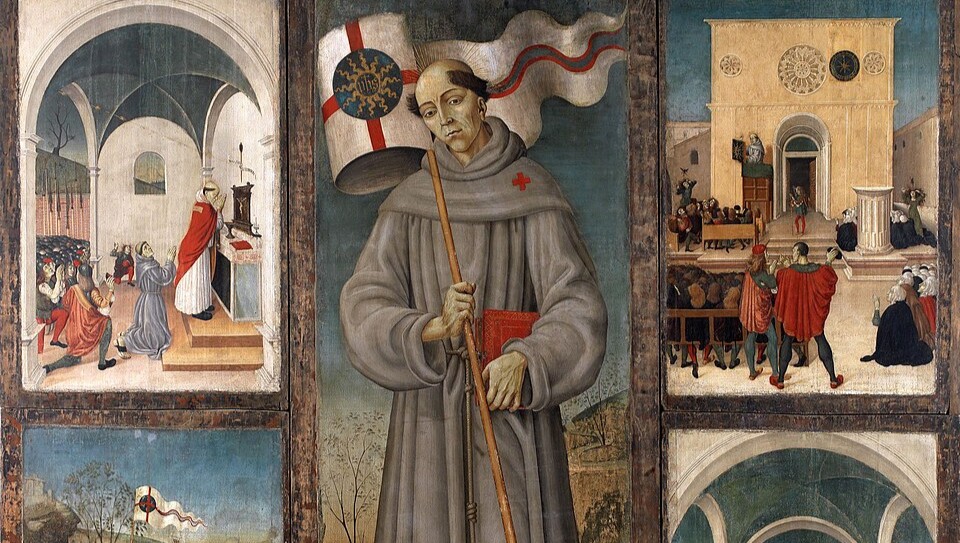
‘St John of Capistrano became a martyr of Christian Europe for the papacy and the Franciscans, and in Hungarian historical thinking, he became the saviour of the homeland, sharing this role with the victorious leader John Hunyadi, who also died near Belgrade.’
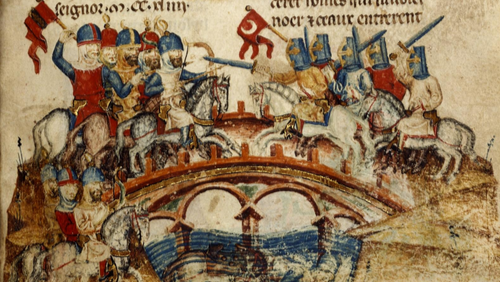
‘The losses and military failures suffered by the Tatars, most of which occurred in Hungary, are rarely mentioned among the reasons for their unexpected withdrawal from Central Europe…Since Hayton’s best-selling work in Europe attributed the stopping of the Mongols to the Austrian prince, the heroic resistance of the Hungarians was almost completely forgotten.’
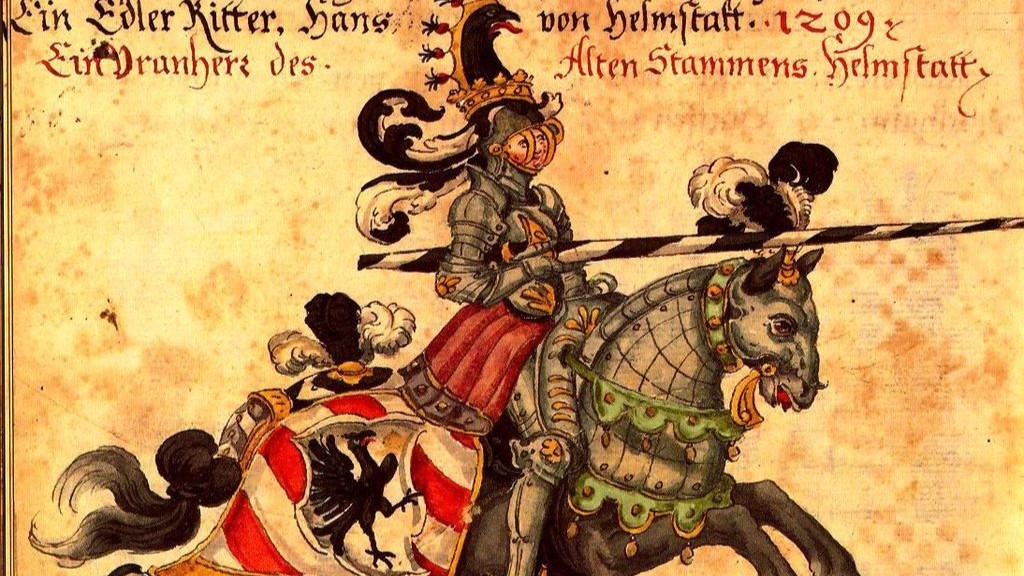
‘Rasso (also known as Rath) comes from the world of legend, as the Bavarian leader who repeatedly defeated the Hungarians and who, at the end of his life, went on a pilgrimage and founded a monastery…his tomb became a popular pilgrimage site even without official canonization, with a register of miracles kept between 1444 and 1728 recording more than 12,000 miraculous healings.’
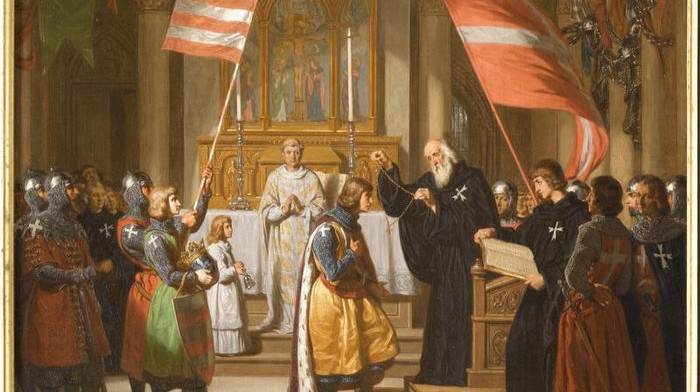
‘The emergence of critical historiography, regardless of religious affiliation, from the turn of the 19th and 20th centuries onwards, “lifted the veil” on the previously much-appreciated campaign and its leader. Eminent historians read the contemporary chroniclers who were dissatisfied with the King’s departure and reassessed the campaign led by Andrew accordingly.’
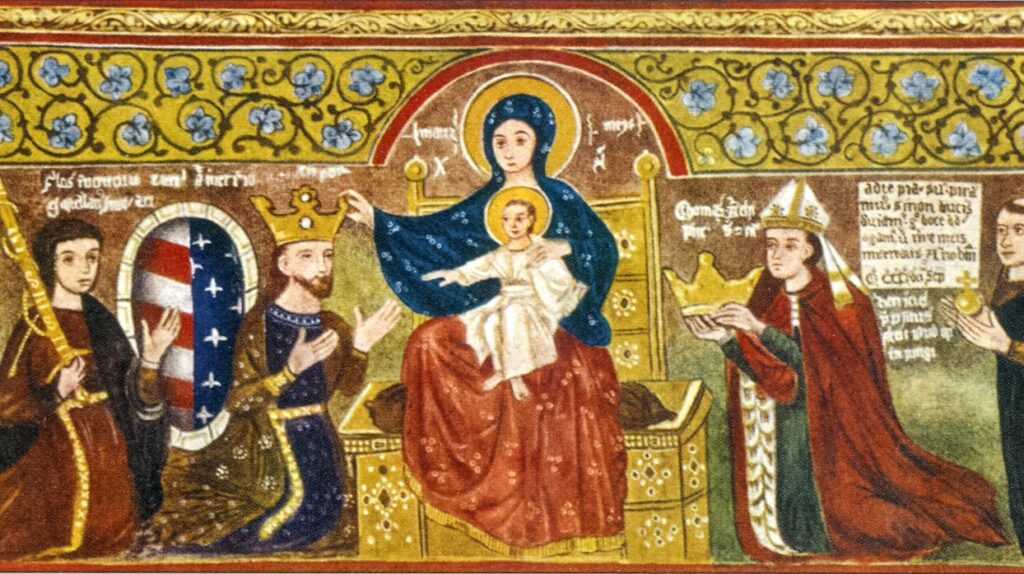
‘It was an unprecedented period in Hungarian chivalric culture when Charles restored the authority of royal power, and Louis reaped the benefits of his father’s policies. At this time the court of the Hungarian kings had international clout and a network of contacts indeed, with King Louis corresponding with influential figures such as poet Petrarch and famous Florentine chancellor Coluccio Salutati.’
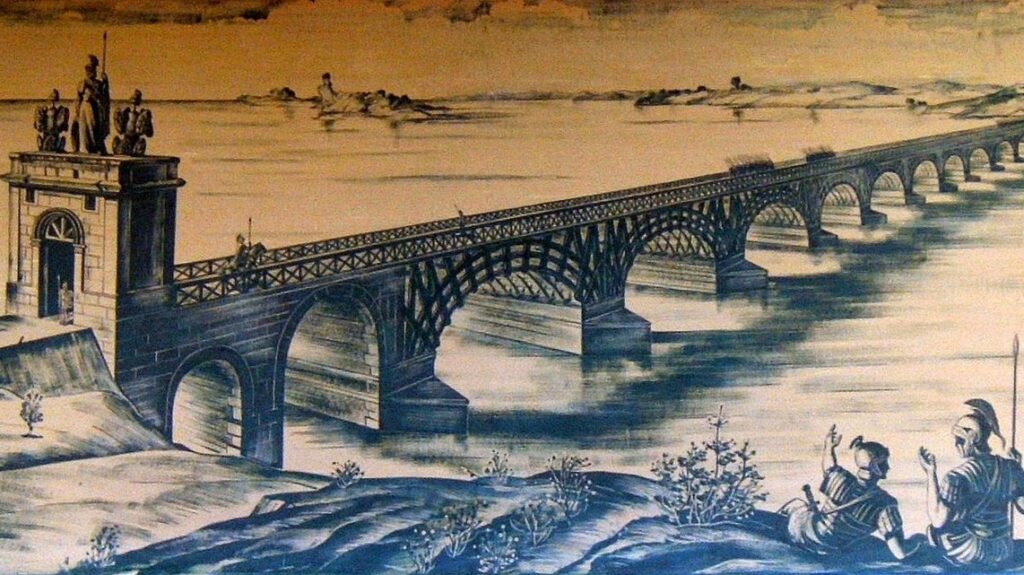
‘One of the lasting memories of Trajan’s campaign in Dacia is the bridge he built across the Danube to facilitate the march of his armies. The first permanent stone bridge on the Danube was built between Turnu Severin in Romania and Kladovo in Serbia, which was 1127 metres long and designed by the greatest architect of the time, Apollodorus of Damascus origin.’
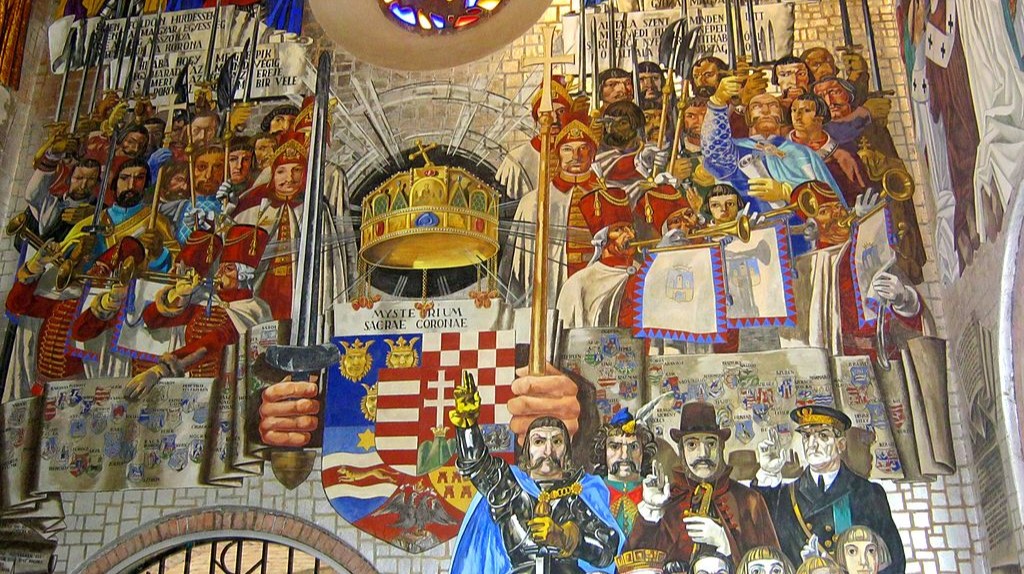
‘After the expulsion of the Turks, Fehérvár could not regain its medieval importance…It was the festive year of St Stephen in 1938 that restored the town to its status as the number one St Stephen’s memorial site. The newly completed ruin garden, the dedication of the royal tomb and, last but not least, the extraordinary session of the Parliament here which legislated the national holiday of 20 August made it a unique year in the life of the city.’
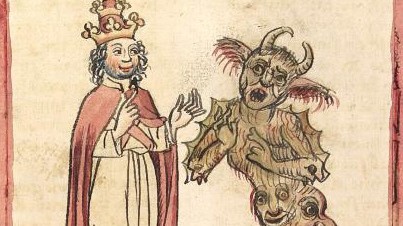
One of the most brilliant personalities of the 10–11th centuries fell victim to politics, only to discredit Gregory VII and the church reform. To do this, the lifework of Gerbert/Sylvester had to be ignored, and his unparalleled scientific achievements mocked and even made to look like the work of the devil.
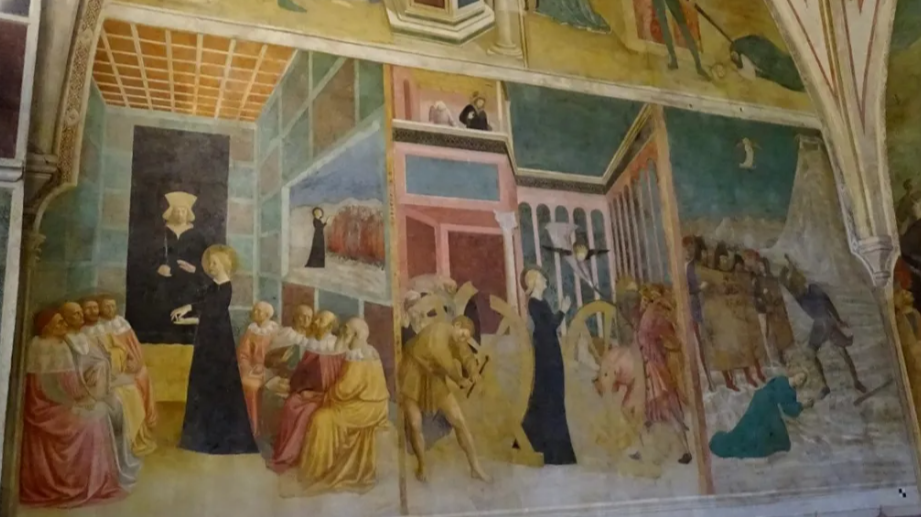
‘The importance of the Orthodox rite of St Catherine’s Monastery at the foot of the 2,300-metre Mount Sinai (Jebel Musa, also known as Horeb) in the Sinai Peninsula grew only after the loss of Jerusalem in 1187 and the fall of the Latin states in the Holy Land in 1291…It is the oldest monastery in the world to have survived in this way, where, among other things, the oldest 4th-century Greek-language manuscript of the Bible, the Codex Siniaticus, has also been preserved.’
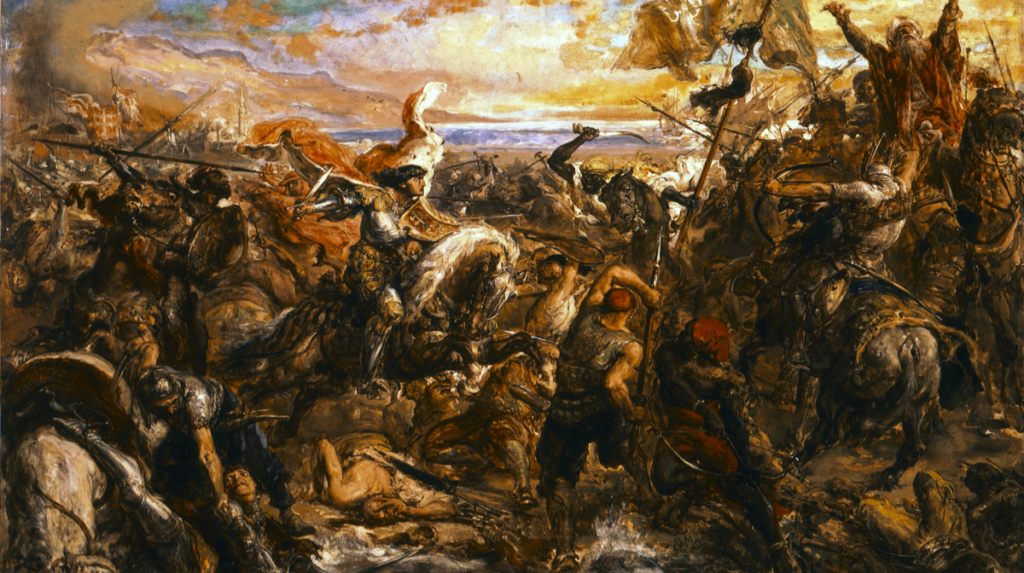
The campaign at Varna was one of the most important campaigns launched to repel the Turks, and it needed little to succeed…Varna opened the way to Byzantium, and thus nothing could prevent the Ottoman siege and fall of Constantinople in 1453.
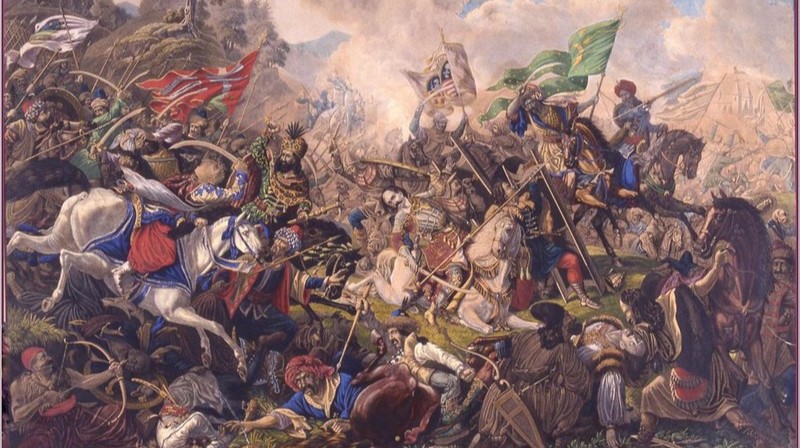
‘Hungary gave Western Europe time to prepare itself economically and militarily for centuries of struggle with the Turks. It is true, however, that Hungary projected the false impression that it alone could hold back the Turkish advance, which proved to be a tragic mistake. One thing is certain: the European public had much to be grateful for to the Hungarian armies of the time for these victories.’
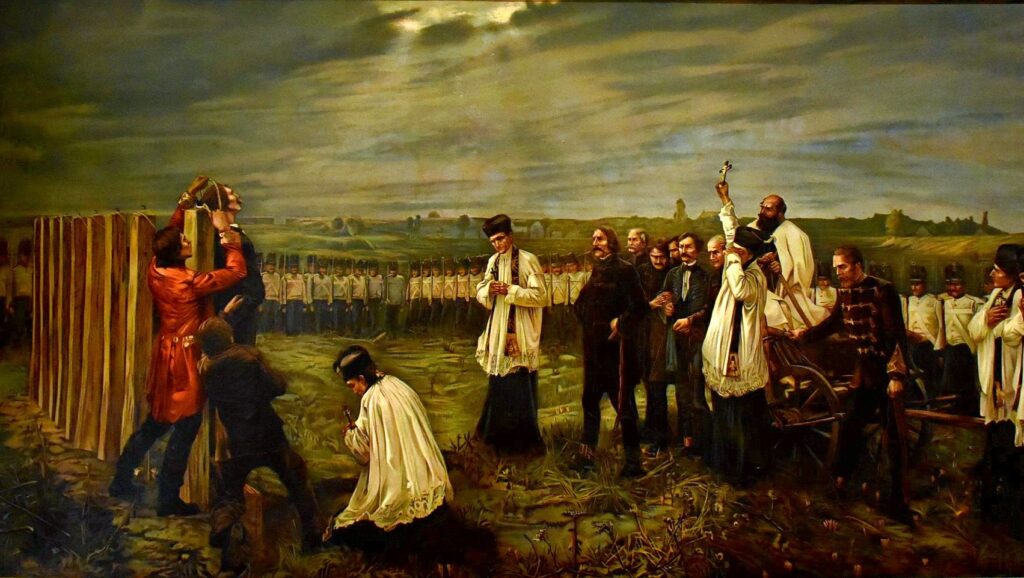
‘Among the executed were counts and commoners, descendants of Croatian and Serbian border guard families, imperial Germans, and native Armenians. Some were connected to the Hungarian cause by family ties, others by their unit or simply by their wealth and social status. But all of them were men who believed that once they had sworn an oath to the Hungarian constitution at the behest of the emperor, they had to defend that constitution—even against the emperor himself.’
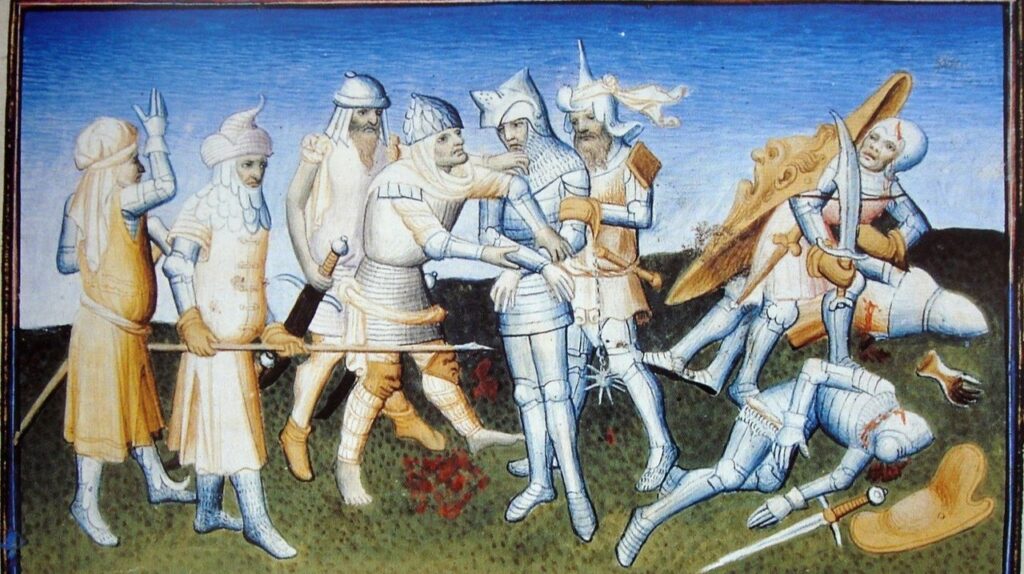
Mongol rule brought not only immense destruction and suffering to the peoples of the conquered territories but also peace, known in modern research as ‘pax Mongolica’. The period of the Mongol Empire (1206–1368) is unique in world history.
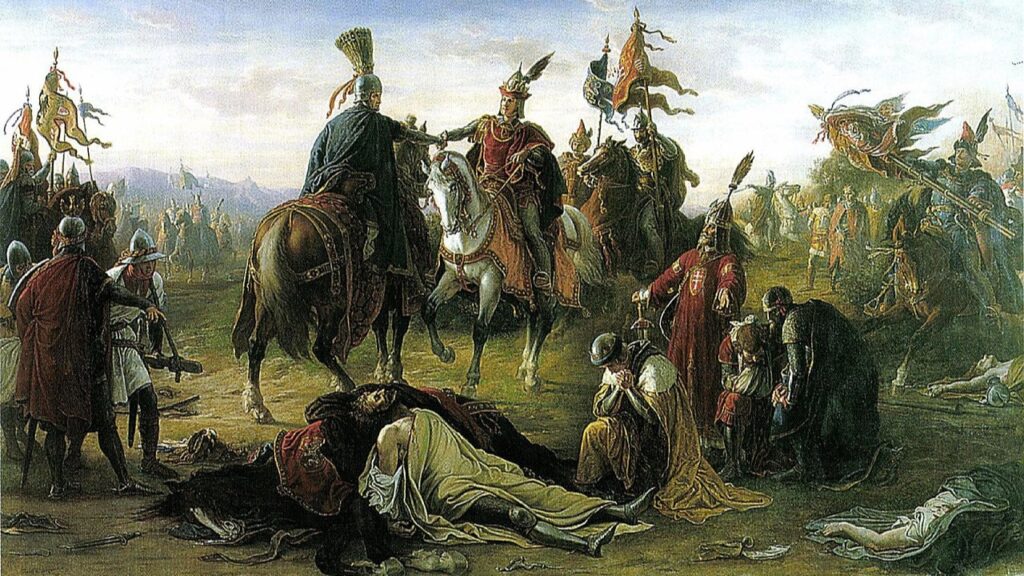
Although it must be acknowledged that King Rudolf of Germany owed his victory primarily to his perseverance and strategic talent, there is no doubt that the Hungarian auxiliaries compensated for the small size of his army and seriously confused the Bohemian King Ottokar II. It is highly probable that without the thousands of Hungarian auxiliaries, the German King would not have undertaken the clash at the time and place he did.
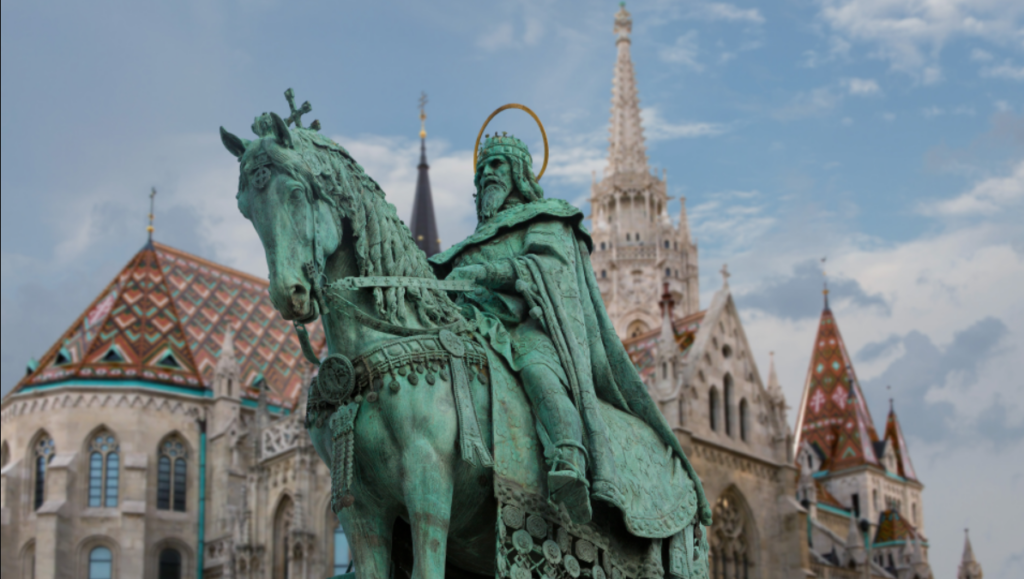
The foundation of the Hungarian State by King Stephen I created unprecedented stability in the Carpathian Basin, setting the region on the path of Western-style modernization and development.
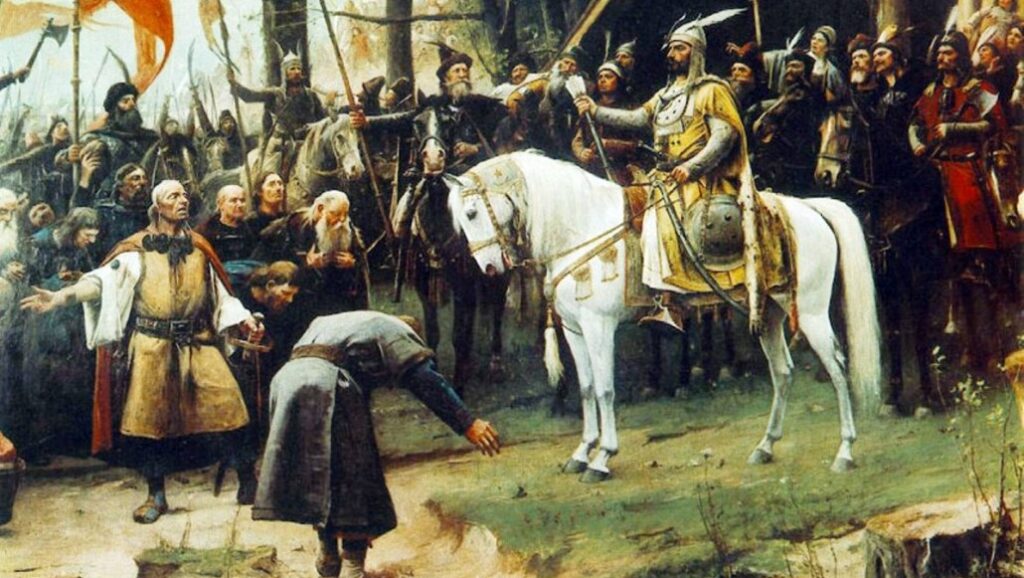
The Frankish–Moravian struggles that shattered the tranquillity of Pannonia, even before the arrival of the Hungarians, caused irreparable damage to the settlement structure and ecclesiastical institutions of the region, which were thus left in a state of collapse when the Hungarian conquest came. As a result, it took a good century for the new missions, with the birth of the Christian Kingdom of Hungary, to bring the region back into the Church once and for all.
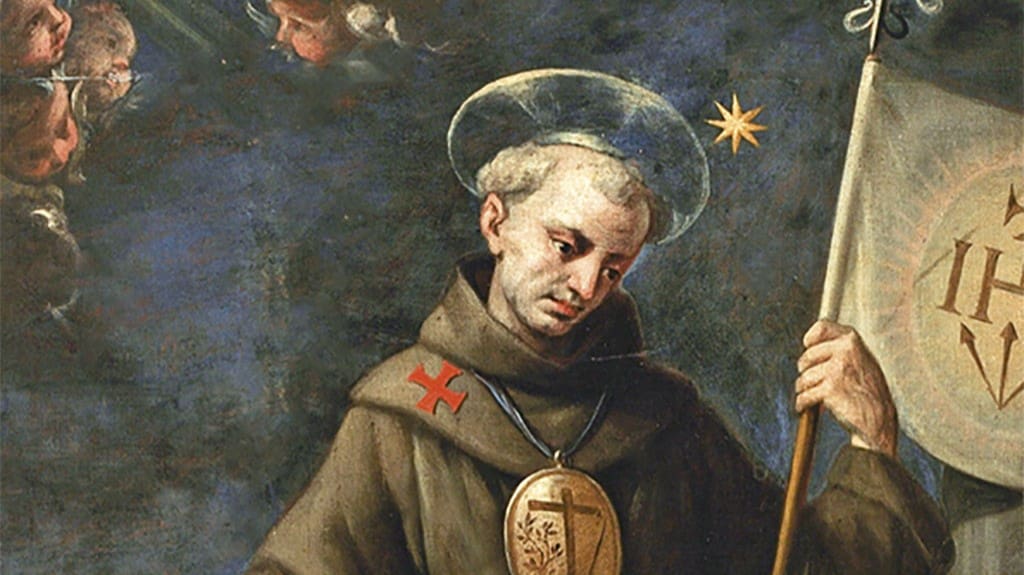
The crusader army numbering tens of thousands that St John of Capistrano recruited played an important role in the successful defence of the Fortress of Nándorfehérvár and in the battle that ended the siege. John Hunyadi would have been defeated at the fortress walls if Capistrano had not attacked the Ottoman camp with his crusaders on 21 July.
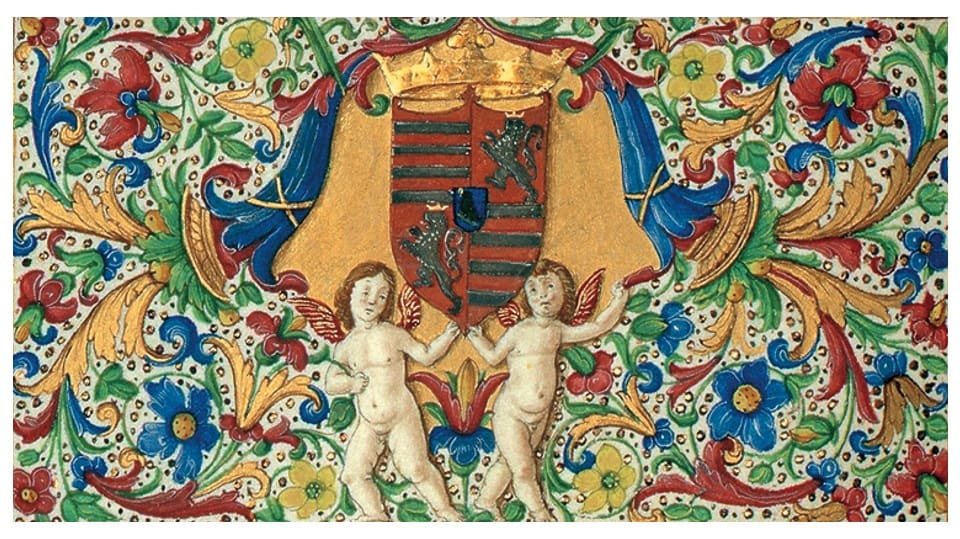
‘Their book collections were also incorporated into King Matthias’ library, now known as the Bibliotheca Corviniana. This can be considered the first royal library to be consciously established and developed. It began to flourish especially after Matthias’ marriage to Beatrix, daughter of the King of Naples (1476). The queens always had prayer books for personal use, the possession of which was part of being a pious queen. However, the educated Beatrix completely transformed the court of Buda, and in her wake came the great representatives of the Italian Renaissance.’
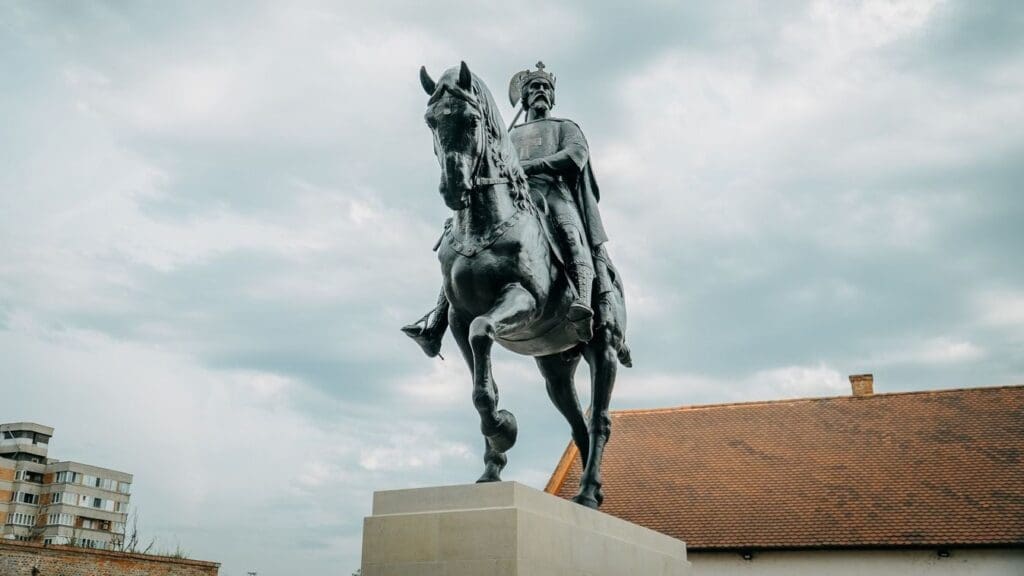
‘The first units of the First Crusade, and then the main army led by Godfrey of Bouillon, did cross the Hungarian Kingdom, but by then King Coloman was on the throne, the successor of Ladislaus. It was also well known that the only Hungarian-led crusade to the Holy Land was launched in 1217 under King Andrew II. Yet Hungarian medieval narrative sources record one more. They tell an interesting and controversial story about King Saint Ladislaus…Given the fact that the Hungarian king died on 29 July 1095, almost half a year before the first Crusade was announced at the Council of Clermont in November 1095, modern scholarship quickly lost confidence in the historicity of the account.’
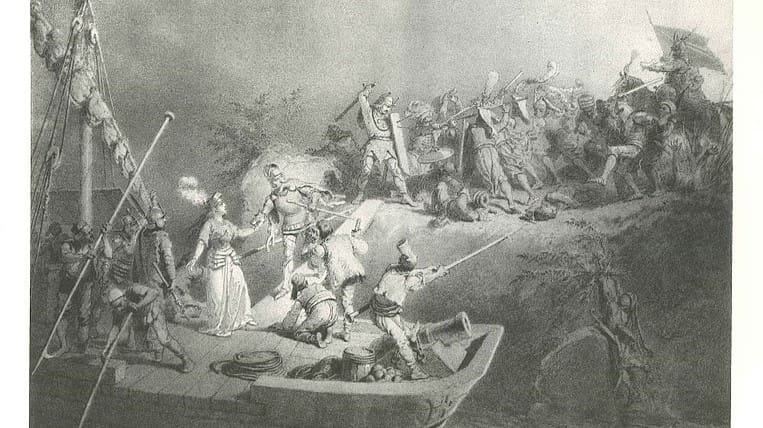
Galambóc (Golubac in today’s Serbia), still an imposing fortress on the banks of the lower Danube section, first appears in the annals of history when Turkish invasions approached and even reached the former borders of Hungary. King Sigismund, however, is not usually praised in military historical literature for the siege of Galambóc, although he acted with great foresight and care.
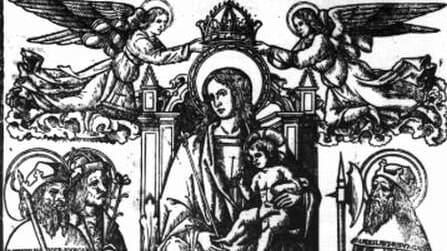
During the reign of King Stephen, the political aspect of the King’s devotion to Mary was only secondary and could be seen much more as the individual devotion of a fervent Christian believer to Mary. However, posterity took a different path and gave it national importance, being the basis for the Regnum Marianum idea of the 18th century.
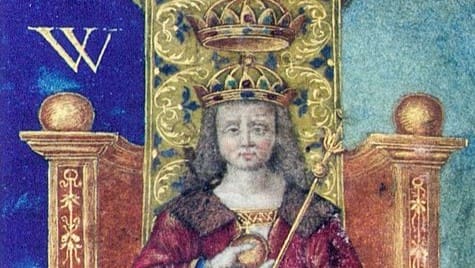
The contrast between the brilliant achievements of King Matthias Corvinus of Hungary and the inertia of the kingdom of the Jagiellonians is almost a cliché in Hungarian history. To this day, many seek the causes of the 1526 Mohács tragedy in the damaging reign of the weak Jagiellonians. However, more recent Hungarian and international historical research has taken a much more positive view of the Dynasty’s performance.
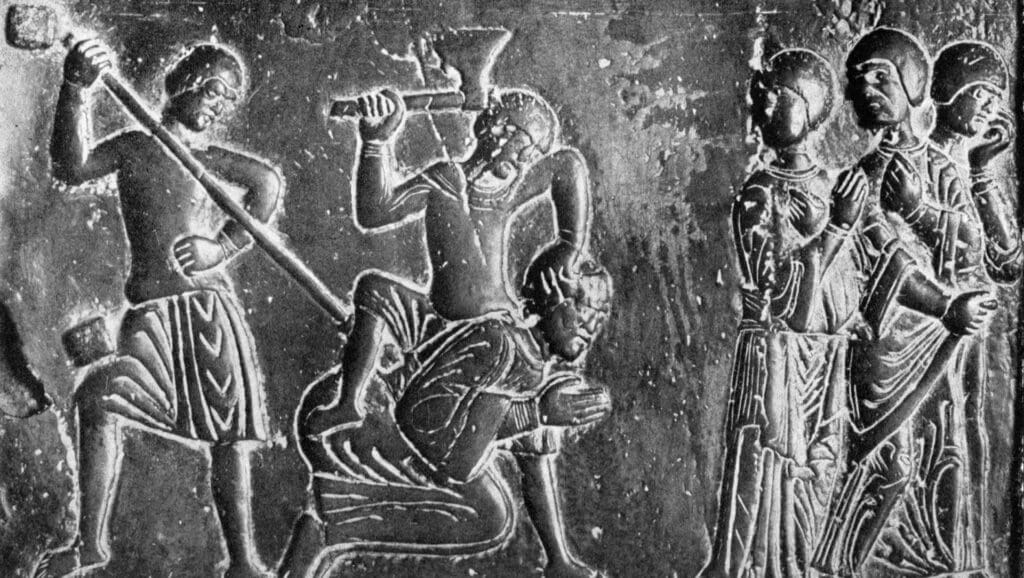
Politics permeated St Adalbert’s tragic life as much as the birth of the then-nascent and emerging states of Poland, Bohemia, and Hungary. That is the way Adalbert became the patron saint of all three Central and Eastern European Kingdoms, helping them to preserve their independence and join medieval Europe as autonomous Christian communities.
The modern reader might scoff at the medieval chronicler’s words about divine assistance, even dismiss it as gibberish, as he rather tries to find rational reasons for military victory. This attitude, however, fit in perfectly with medieval thinking, and the protagonists were fully convinced that their success or failure was due to the gaining or lack of heavenly support.
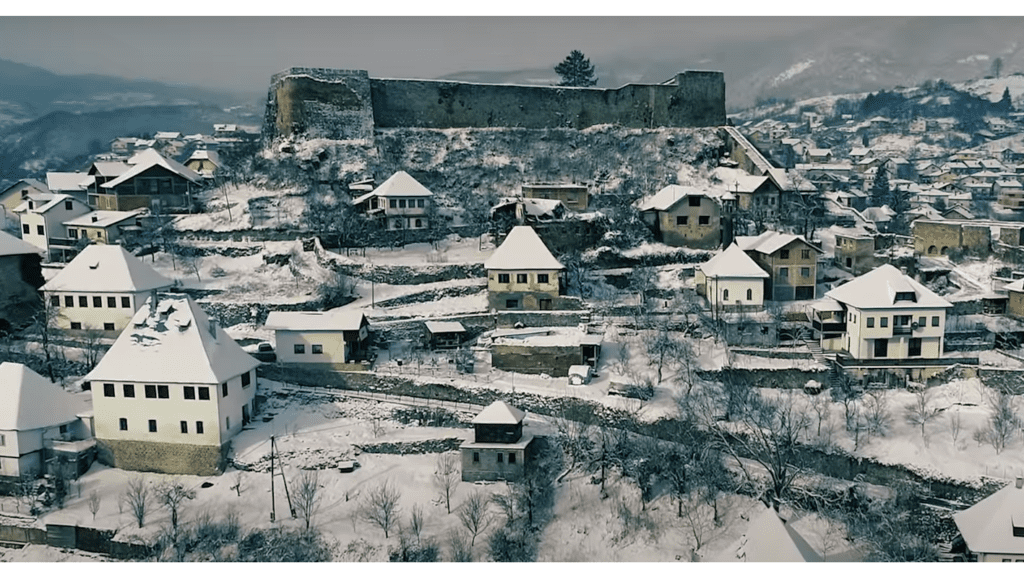
‘King Matthias of Hungary (r. 1458–1490) spent many years of his reign in the saddle. This was the case in 1463, 1467, and 1475, when he “celebrated” Christmas in Jajce in Bosnia, in Brașov after the Battle of Baia, and then in Belgrade after the siege of the Szabács Castle against the Ottomans.’